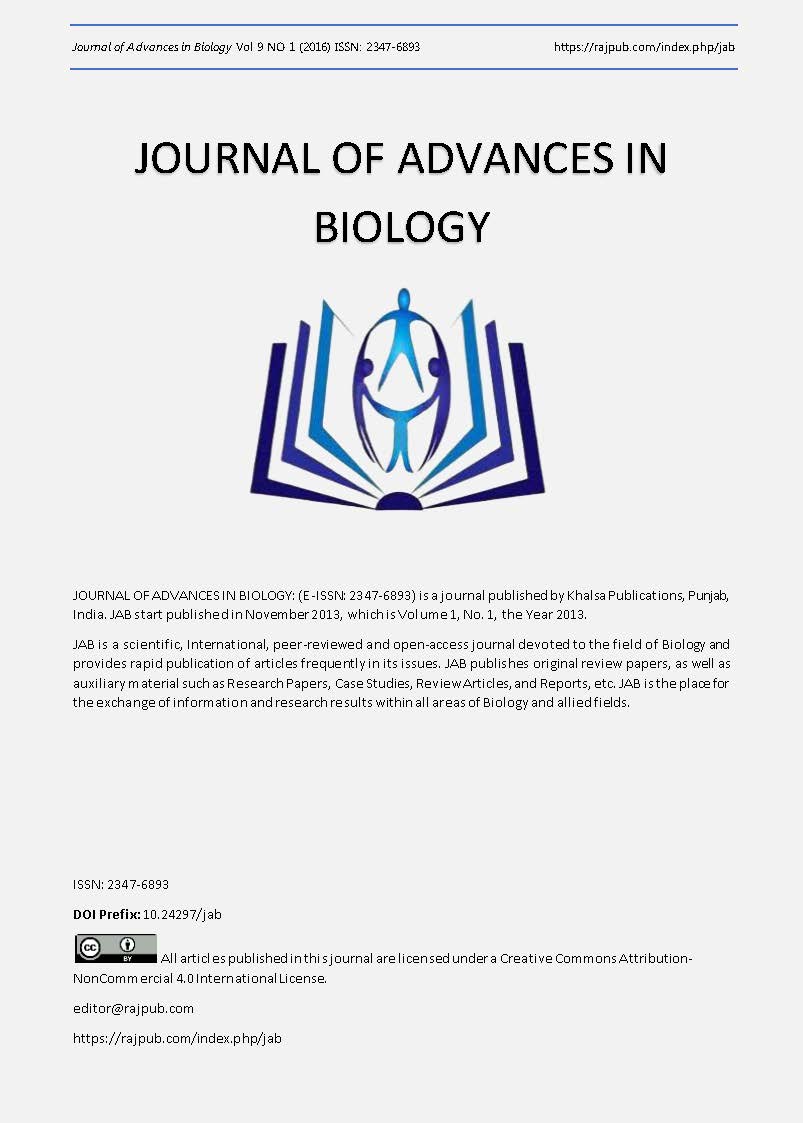SEASONALITY OF INSECT SUCCESSION ON REMAINS OF RABBITS TREATED WITH AMITRIPTYLINE (ANTIDEPRESSANT DRUG) IN ALEXANDRIA, EGYPT
DOI:
https://doi.org/10.24297/jab.v9i1.4419Keywords:
Forensic entomology, Postmortum interval, Arthropod succession, Antidepressant drug, AmitriptylineAbstract
In 2011 and 2012, seasonal field studies on vertebrate carrion decomposition and its associated arthropod fauna were carried out on sixteen healthy domestic rabbits, Oryctolagus cuniculus L., killed by asphyxia (control) and with different doses of a commonly used antidepressant drug amitriptyline (test). Amitriptyline involved in up to 33% of all fatal poisonings, second only to analgesics. Five decomposition stages were recognized: fresh, bloat, active decay, advanced decay and dry. Carcasses in summer and spring decayed at a much faster rate than in fall and winter. The presence of the amitriptyline in decomposing tissues, influences the development and pattern of carrion feeding insects and alter postmortem interval (PMI) estimates based on the rate of larval and puparial development. It should be pointed out that the presence of this drug alter the successional model in Alexandria, Egypt. Diptera was the predominant group, were as Coleoptera ranked 2nd. Calliphorids and Sarcophagids were the most important arthropod invaders of cacassess because of the influence they had on the rapid deterioration of the carcasses. It was of an interest to note that Formicidae was
present in all carcasses, mostly in the early stages of decomposition. Carcasses which had been killed by different doses of amitriptyline were found to be unsuitable for certain flies. This study provide an additional knowledge in the context of Egyptian forensic entomology and the influence of amitriptyline which is of relevance to forensic science.
Downloads
Downloads
Published
How to Cite
Issue
Section
License
 All articles published in Journal of Advances in Linguistics are licensed under a Creative Commons Attribution 4.0 International License.
All articles published in Journal of Advances in Linguistics are licensed under a Creative Commons Attribution 4.0 International License.




